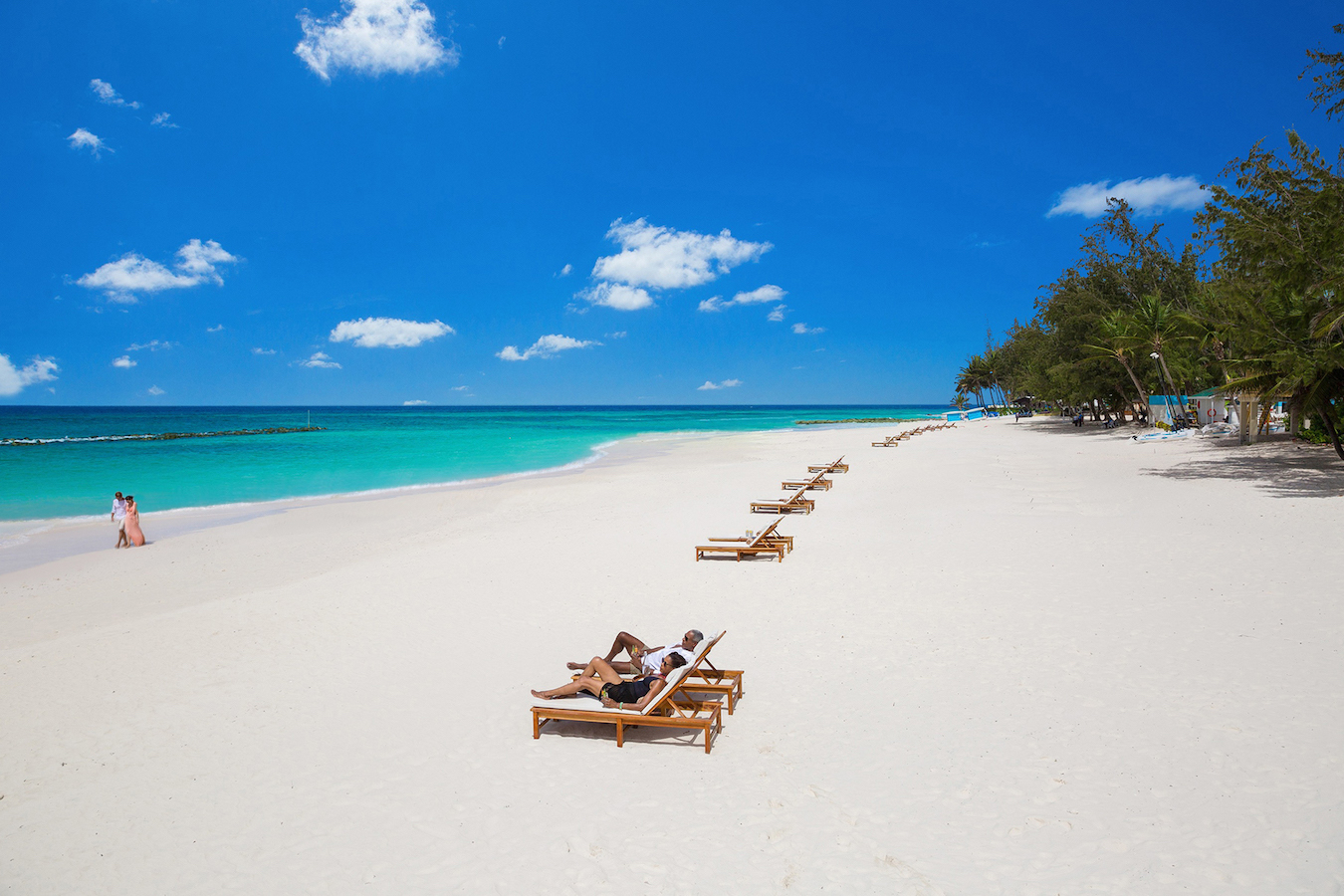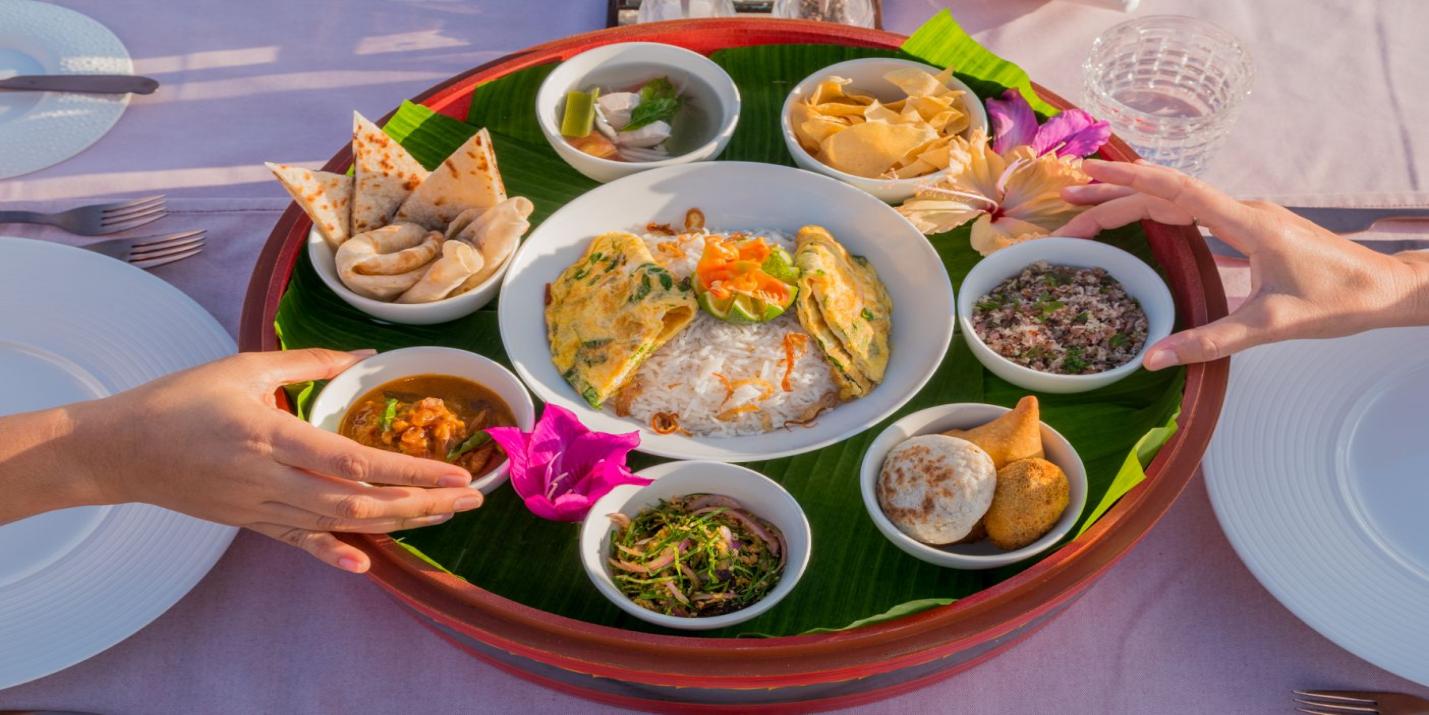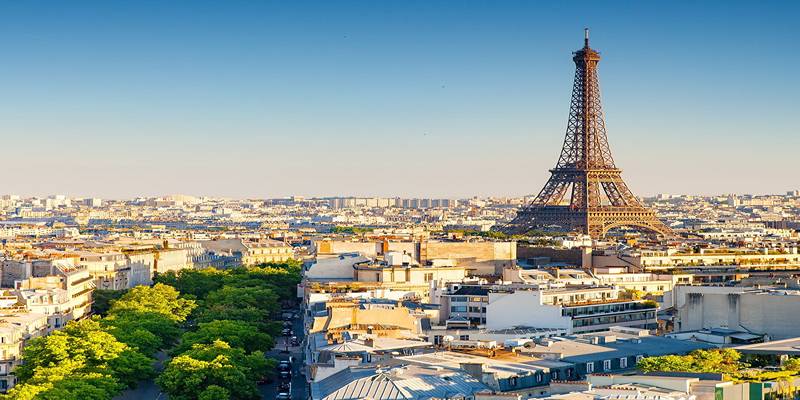When people think of a tropical escape, two names often come up: the Maldives and Barbados. Both are known for their beaches, warm weather, and a sense of calm that city life rarely provides. But which one really stands out as the better pick for someone looking for an island that ticks all the right boxes? It depends on what kind of peace you're after—silent, ocean-wrapped luxury or a laid-back rhythm full of color and character.
The Maldives vs Barbados: Which Is the Best Idyllic Island?
First Glimpse and Feel
The Maldives looks like a screensaver come to life. There’s this hush to the islands—like they were built for people who want to hear the waves more than they want to hear anything else. Most of the islands are tiny. Some are just long enough for one resort and a few palm trees. The water isn't just blue—it’s that clear turquoise that doesn’t need editing. And it’s calm, like a natural pool that’s waiting for you to just float and forget time.
Barbados, on the other hand, feels fuller. The island is much larger than any of the Maldives’ dots on the map. It has towns, roads, markets, and music drifting out of open windows. You’re still surrounded by beaches, of course, but they feel more social. You’re more likely to walk past someone barbecuing fish than be alone on the sand. The island greets you with movement, not silence.
How You Spend a Day
In the Maldives, time stretches. Days usually start with breakfast delivered to your water villa. Then maybe a bit of snorkeling right outside your door. Some people like the spa. Others nap in hammocks with nothing but the ocean in view. Dinner is quiet, often under string lights or stars. This rhythm suits those who want nothing planned. No rush, no cars, just water all around.
Barbados follows a different pace. You wake up to roosters, scooters, or ocean breeze, depending on where you're staying. Mornings might start with local bakes and flying fish. Then, it's off to a beach, a walking trail, or a museum if you feel like learning about the island's past. Afternoons often call for some beach time, but here, you'll likely see families, groups of friends, and kids playing in the sand. Sunset is less of a private moment and more of a shared experience. Evenings can be quiet, but they don't have to be.

Scenery and Landscape
The Maldives is all water, sky, and sand. Flat islands with no hills. The scenery doesn't change much from place to place, but that's part of the appeal. You come here not for variety but for the repetition of beauty. It's hypnotic. It feels untouched. The sea life is some of the best you'll find anywhere, with coral gardens just a short swim away.
Barbados has more layers. The west coast has calm seas and soft beaches. The east coast, shaped by the Atlantic, is more rugged, with cliffs and waves that pound instead of lap. Inland, you’ll find rolling fields, caves, and pockets of forest. The contrast between areas gives each drive across the island a new view. There’s more variety in what you see and feel in a day.
The Cost Factor
The Maldives leans into luxury, and that comes with a higher price tag. Most resorts are all-inclusive or nearly so, with seaplane transfers and private dinners adding to the total. It’s beautiful, but it’s built for a certain kind of traveler—one who’s prepared to spend more for quiet, space, and comfort.
Barbados offers a wider price range. You can spend a lot here too, of course, but it’s also possible to rent a car, find a small apartment, and shop at the local markets for meals. There’s more room for budget flexibility. And even the lower-cost stays don’t feel like you’re missing out on the experience.
Access and Getting Around
Getting to the Maldives involves a bit of a process. First, a long-haul flight to Malé, then a domestic flight or speedboat to your resort. This adds time and cost, but for many, it’s part of the excitement. Once you're there, you don’t really move around—each resort is its own island.
Barbados is easier to reach from the Americas and Europe. The airport is well connected, and once you're on the island, it's easy to explore. You can rent a car, hop on a bus, or book a local guide. You're not stuck in one place unless you want to be. The freedom to explore adds a sense of adventure to your trip.
Food and Culture
In the Maldives, food is shaped by what can be flown in and what the sea provides. Expect fresh fish, tropical fruit, and international menus curated for tourists. There's a mix of flavors but not a lot of deep-rooted culinary exploration unless you go looking for it. The culture is present, but it's quiet—more felt in the respectful service and calm surroundings than in bold expressions.

Barbados serves its culture on every plate. Local food is flavorful, often cooked slowly, and shared freely. You'll find flying fish sandwiches, macaroni pie, cou-cou, and pepper sauce that isn't shy. There's music in the streets, local festivals, and a pride in heritage that people talk about openly. The culture doesn't sit in the background—it greets you.
So, Which One?
If your idea of the perfect island is quiet, turquoise water, and nothing to do except be still and rested, then the Maldives fits that vision. It’s a soft, still kind of place. A retreat from everything, even other people. If you want an island that gives you nature and culture in one go, where you can relax but also move, eat, talk, and explore, then Barbados is your place. It offers rest but not silence. It offers beauty but with history and rhythm stitched into it.
Neither is better. They just offer different kinds of peace. One gives you the sound of water against your villa. The other gives you waves, voices, and a place that feels lived in. So the choice depends not on what the islands are but on what you're looking to feel.












